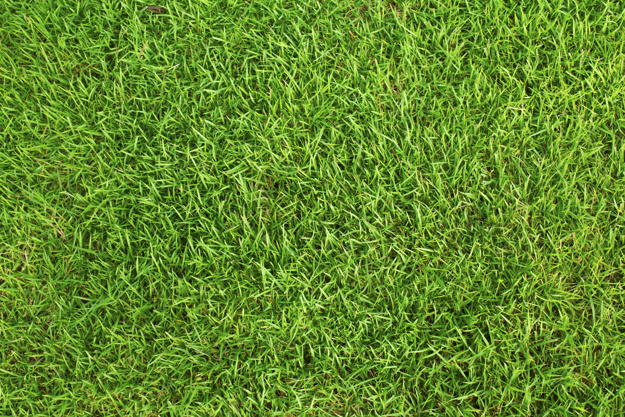Gratitude is the quality of being thankful. In other words, it means seeking out what’s good and appreciating it. Think of the time when someone thanked you for something or maybe gave you a gift or token of appreciation.
How did it make you feel? Pretty good, right?
This is how the other person feels when you acknowledge their support by showing gratitude.
Gratitude is the greatest of all gifts. While this feeling of gratefulness won’t come in a day, here are some simple ways you can practice expressing gratitude towards others.
Express in words
Words are the most underrated way to express gratitude. But also, the simplest and the most direct.
When we don’t say the word, like a simple thank you, unknowingly, we are taking the other person for granted.
Not expressing how grateful you are to them will give them the wrong idea, that they are not enough, or they are doing something wrong.
Do you know it costs you nothing to express your compassion? Start at home; be grateful to your family first.
Think about what and how to be grateful, and then adopt the actions and habits that will support this thinking.
Tell someone how much you appreciate them and their efforts and see the life-changing effects your words bring.
A Token of Gratitude
Expressing gratitude is a gift, as said above. Words are indeed important, no doubt, but gifting something thoughtful is more permanent.
Going out of the way and buying something meaningful that can be kept and treasured for life will surely put a smile on anyone’s face.
When choosing a gift, the monetary value shouldn’t be the priority. Cards and other personalized gifts will be enough to make someone feel warm inside. Even a little something can make anyone feel special.
Listen to What they Have to Say
Not everyone is open about their emotions; sometimes, you need to ask. Actively participating in the conversation and listening to what they have to say is enough to make them feel good. A sense of belonging is all one wants from the other person.
A simple conversation, a little of your time can make their day better, so why not? Start it from this moment, call someone you haven’t talked to in days, text someone, leave them a gratitude note, or write them a letter and put a smile on their face. In the end, gratitude makes you feel good too.
Take nothing for granted
Your domestic help, the server in a restaurant, the usher in a movie hall, and many more such unsung beings help you in your regular life.
How often have you acknowledged their efforts? Don’t answer it, think about it.
Drop a tip in the jar, tip your server, or give a cup of tea for your domestic help — these small gestures will fill their heart with joy.
We are taught, ‘Count Your Blessings.’
Today’s world, we are so busy complaining that we lose sight of what we have.
The study says grateful people are happier with high self-esteem and life-satisfaction. Random acts of kindness take you a long way, be kind.
Give Compliments Often
One of the easiest ways to show gratitude is through sincere compliments. If someone looks nice, tell them.
If they did a good job, let them know. Compliments don’t have to be grand gestures; they can be small, simple words that make someone’s day brighter.
The more genuine you are, the more impact your compliment has.
People appreciate being seen and acknowledged for who they are and what they do. Be the person who notices the good in others and expresses it freely.
Be Present
We live in a world of distractions, with our attention often divided between various screens, tasks, and worries. Sometimes, you can offer someone your greatest gift is your full, undivided attention.
When someone is talking to you, truly listen. Put away your phone, make eye contact, and engage in the conversation.
Being fully present shows respect and appreciation for the other person’s time and presence. It’s a form of gratitude that requires no words, just your attention and focus.
Write it Down
Sometimes, words are more powerful when written down. Write thank-you notes, letters, or even a quick message.
It doesn’t have to be formal or lengthy. A simple note saying how much someone’s actions meant to you can be incredibly meaningful.
Journaling is another way to express gratitude. Every day, take a moment to jot down a few things you’re thankful for. It’s a small habit that shifts your mindset toward positivity and appreciation over time.
Give Your Time
Time is one of our most valuable resources, and giving it freely is a powerful way to show gratitude.
Whether helping a friend move, volunteering at a local charity, or simply spending quality time with loved ones, your time can be the most meaningful gift. In today’s fast-paced world, giving your time shows that you care deeply about someone or something.
The best part?
It often leads to creating memorable moments that you and others will cherish.
Final Thoughts
Gratitude isn’t just a word!
It’s a lifestyle choice that can transform your relationships and overall well-being. From expressing it verbally to small acts of kindness, practicing gratitude enriches both the giver and the receiver.
When you start looking for reasons to be grateful, you’ll find them everywhere—in everyday moments. In people you interact with, and even in challenges. Getting caught up in what we don’t have or what’s going wrong is easy.
But shifting the focus to what’s good in your life and expressing it often creates a ripple effect of positivity.
Remember, showing gratitude isn’t about perfection; it’s about authenticity.
It’s okay if your expression isn’t polished or perfectly timed.
People appreciate genuine efforts over flawless execution. Gratitude grows with practice, so take small steps, and be mindful.
Read Also:






















